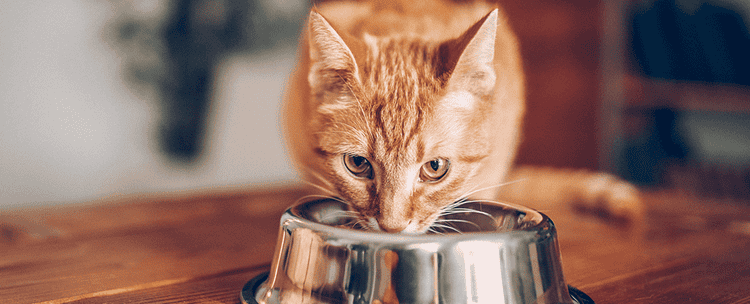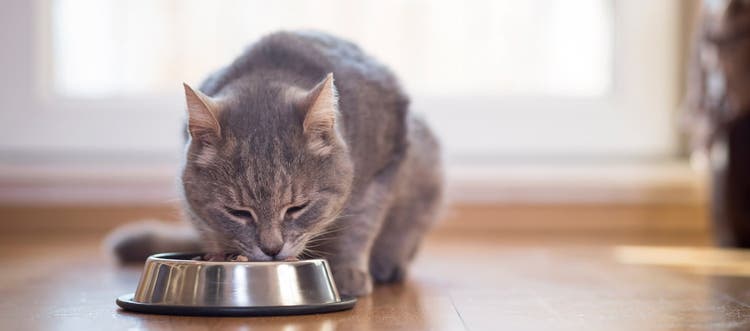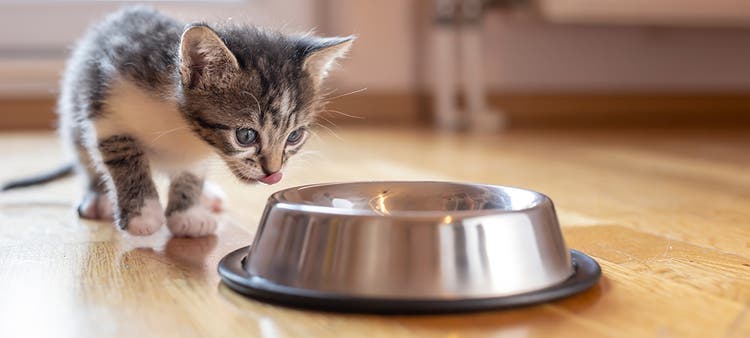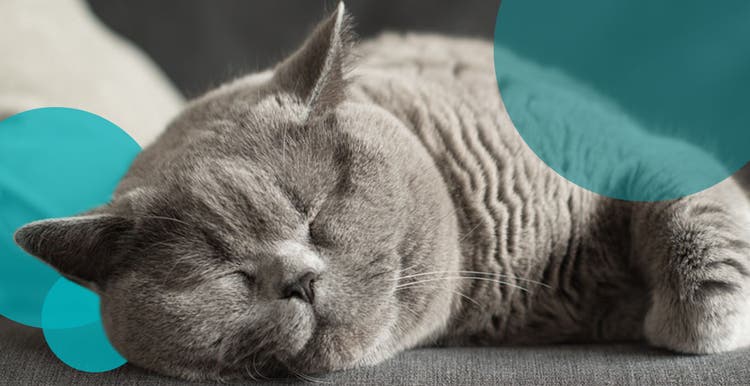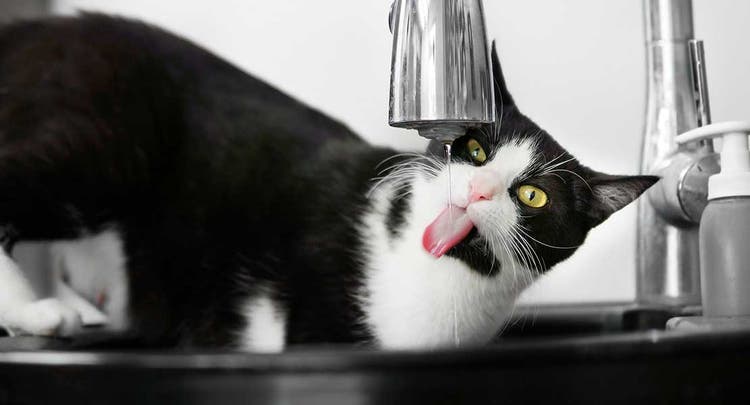Everything to know about cat food nutrition.
Cats have a reputation for being finicky eaters, and for good reason. The feline diet is much more narrow than a human's — or even a dog's diet. Think about what your cat would eat if they lived on their own. Cats are predators. Left to fend for themselves, they hunt small animals. While the ideal meal for your pet might be a freshly pounced-on mouse, thankfully pet owners have better options. This article will help answer questions about not only what kind of food to offer your cat but how much and how often to feed them. When in doubt, always defer to your veterinarian when it comes to questions about your cat's diet, especially if they need help with weight management or other health issues.
What Are the Essential Ingredients in Cat Food?
The three most important ingredients to provide your cat are protein, protein and protein. Studies show the minimum daily protein requirement for adult cats is at least 5.2 grams of protein per kilogram of body weight,1 or about 11.5 grams of protein per pound. That's why good commercial cat foods contain plenty of it.
In the wild, your cat would get protein and other necessary nutrition from their prey. In order to be a healthy, full-grown cat, your pet's diet should mostly consist of high-quality meat and fish. The best cat foods contain ingredients formulated to provide a complete and balanced diet with protein, amino acids, fatty acids, vitamins and minerals — and do not need to contain carbohydrate fillers, which cats can't digest very well.
What Should I Feed My Cat?
Cats need certain nutrients, such as arginine and taurine, which can only be found in meat. The easiest way to make sure your cat is getting all the nutrients they need is to feed a good quality, complete cat food — canned or dry.
Canned food offers more moisture than dry food and usually contains less carbohydrate filler; balanced dry food tends to last longer and be more economical. Both types of cat food are widely available, balanced options for your cat, so choose whichever option works best for your household — or a mix of both!
It's a good idea to follow "life-stage feeding," which matches your cat's diet to the nutrition needed at different stages of life; look for kitten food for kittens, adult maintenance food for adult cats and mature or senior food for older cats. If your cat is allergic to certain protein sources or has other specific dietary needs, they may require a specialty diet; always talk to your vet about any dietary concerns you have about your pet.
What about table scraps and other raw foods? Some cat owners like to offer their pets fresh meat and fish from their table, although cats don't need to have treats. Your vet might allow small and infrequent treats from your table, but it's important to make sure the food isn't dangerous to cats. Always avoid dairy products, onions, bones or chocolate. Like all living things, cats need water. Moist foods provide water, but you should also keep fresh water available 24 hours a day.
How Much Should I Feed My Cat?
Your cat's age, size and activity level will determine how much food they require. It's best to consult your veterinarian for your cat's ideal caloric requirements. Always refer to the cat food label, which will help you properly portion out calories. Over time, you can adjust the number of calories you offer based on your cat's weight and behavior, as well as your vet's advice.
If feeding treats, be sure to account for them when planning your cat's portions. Treats are a tasty way to bond with your pet, but be sure to keep the quantity below 10% of your pet's caloric intake.2
What Is a Typical Cat Feeding Schedule?
Remember that predatory cats hunt at dawn and dusk. If you can present food to your cat at these times, great! Otherwise, the most important thing is to keep a regular feeding schedule. Stick to the routine and make food unavailable the rest of the day and night, though water should always be available.
Providing nutritious food for your cat is an important part of being a pet owner. Offering your pet a high-quality diet is a great way to show how much you care and keep them healthy for years to come.
References
- Laflamme, D. P., & Hannah, S. S. (2013). Discrepancy Between Use of Lean Body Mass or Nitrogen Balance to Determine Protein Requirements for Adult Cats. Journal of Feline Medicine and Surgery, 15(8), 691–697. https://journals.sagepub.com/doi/10.1177/1098612X12474448.
- Fields, L. (2022, August 11). The right way to treat your pet. WebMD. https://www.webmd.com/pets/pet-treats
